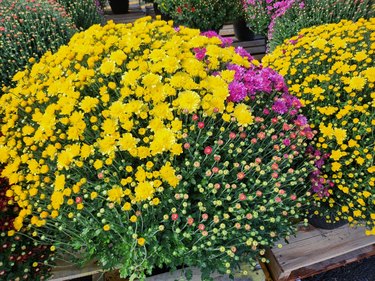
You're heading to the grocery store, and flanking the doors is the most eye-popping color display of mums in brilliant gold, burgundy, bronze, salmon, and creamy white. Wow! Who can pass a display like that without taking some home?
But remember: The mums that herald the arrival of fall and appear in nurseries and garden centers everywhere are likely not the kind you can plant and expect to make it through the winter — although you can take some steps to ensure that their blooms last as long as possible.
Video of the Day
Video of the Day
So, let's talk about mums. These common flowers are frequently misunderstood and with good reason.
Just What Kind of Mum Is That?
Basically, there are two categories of mums: florist mums that are bred in greenhouses and intended to be grown as annuals, and garden mums, which are bred to be maintained as perennials.
Florist mums are those you're likely to find at big-box garden centers and most nurseries in the fall.

These annual and perennial types are both in the Chrysanthemum genus, so they are both true mums. They are both technically perennials.
Let's look at the differences.
Florist mums (also called exhibition types)
Species: Chrysanthemum hortorum but sometimes referred to as Chrysanthemum
× morifolium, same as the garden mum.
USDA hardiness zones: Grown as an annual.
Characteristics: They do not produce underground runners (called "stolons"), so they cannot develop a hardy root system.
Garden mums (also called hardy mums)
- Species: Chrysanthemum × morifolium (synonymous with Dendranthema grandiflora)
- USDA hardiness zones: 4 to 9
- Characteristics: They produce underground runners, so these plants do develop hardy root systems.
Here's the crux: Florist mums don't even have the capacity to develop root systems that can support them through a winter, so it doesn't matter how much you baby them or where you plant them; the hard truth is that they must be grown as annuals. Feed them to your compost pile when they are finished blooming.
The only exception might be if you live in a warm climate and you plant them in spring rather than fall so they have time to establish a root system (albeit with few or no stolons) before winter. But fall-purchased florist mums have little to no chance of surviving a winter.
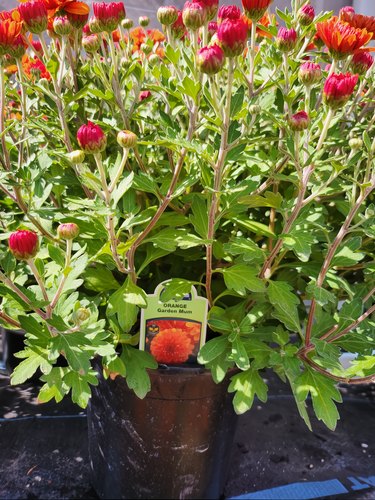
Some gardeners take their mums very seriously
Like roses, some gardeners are absolutely over-the-top in love with mums. If this might be you, head over to the National Chrysanthemum Society, which is the center of mum information and culture in the United States.
Types of Mums
Mums are not usually classified as to whether they are tender or hardy; they are classified by their petal structure. Any type of petal structure may be either tender or hardy, so you just have to do some research. Here are the basics.
Mum Petal Structure
Single. Also called "daisy" types, this category has a yellow center "eye" with one to five rows of long petals. Nearly all cultivars are hardy.
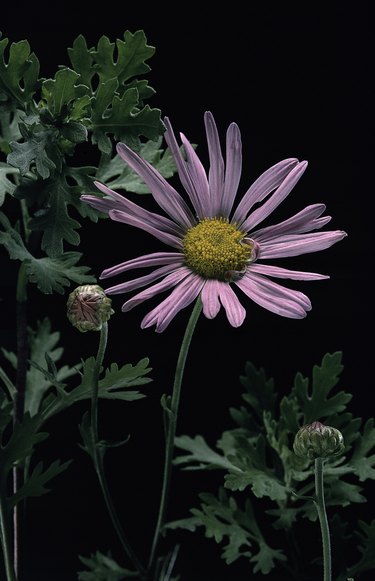
Pompon. With the cutest flowers ever, this type is usually small and erect with flowers that, of course, resemble pompons. There are some hardy cultivars.
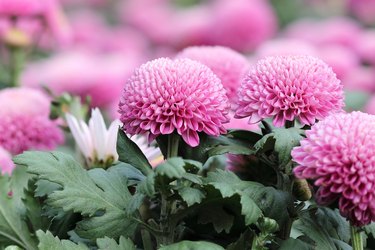
Cushion. These are dome-shaped with a petal arrangement that resembles a pincushion. They are also called azalea mums. Most cultivars are hardy.
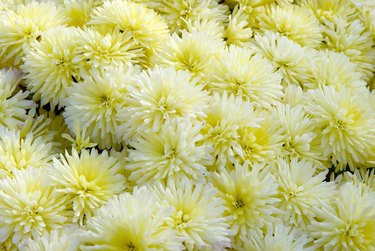
Anemone. Their flowers are like single mums but with a rounded crest of deeper-colored petals. Most cultivars are hardy.
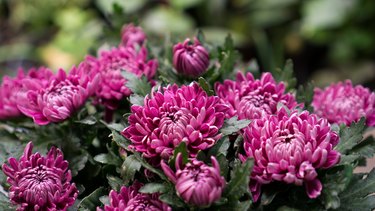
Decorative/incurve/reflexed. These have incurved petals (petals that curve toward the center) or reflexed petals (petals that curve away from the center). There are many hardy cultivars.
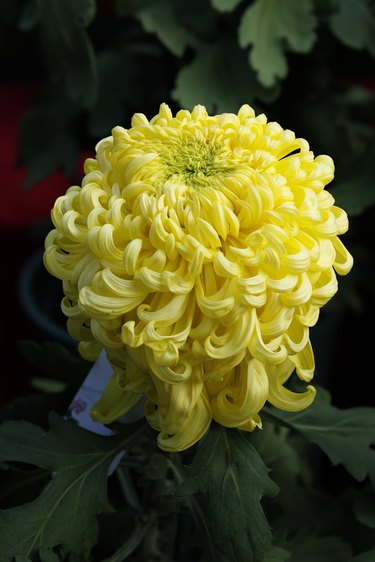
Spoon. These have sweet, spoon-shaped petals and some hardy cultivars.
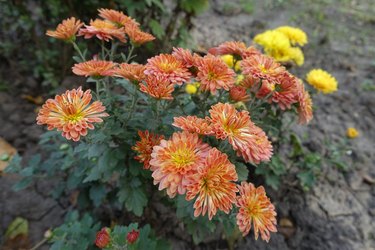
Spider. These have long petals with hooked ends. There are few hardy cultivars.
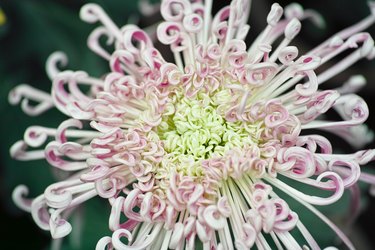
Quill. These display straight and long petals. There are few hardy cultivars.
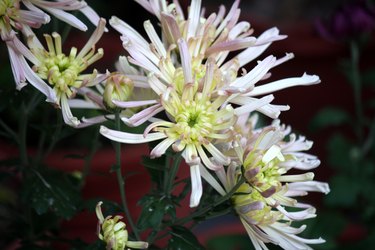
Mums by Bloom Time
Another difference among mums is bloom time: very early, early, middle, late, and very late. This means that chrysanthemums may flower as early as late July and as late as November (or first frost) in most regions. Again, talk to the nursery staff or look at the plant tag to know what varieties you have because bloom time varies widely within the genus.
How to Make Blooms Last
All chrysanthemums, whether hardy or not, are "short-day" plants. This term is pretty descriptive because that is exactly what mums do: they flower when the days get shorter, which is why we see them for sale in the fall. This means that they are likely to develop buds after summer solstice and that the cooler weather of autumn promotes buds and flowers.
But even if you are growing the more hardy garden mums, flower care and strategies for extending blooms are the same. Here are some tips.
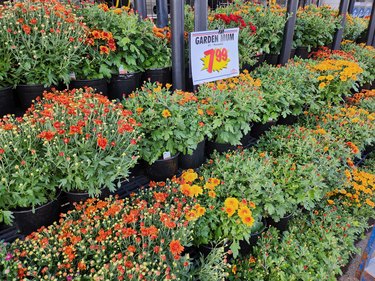
Extending Florist Mum Blooms
First off, it's important to understand the limitations of florist mums. Right out of the gate, they are stunners. You don't have to put in any work to get them that way. But this means that they are primed for a full-on blast of outrageous display, after which they will just give it up.
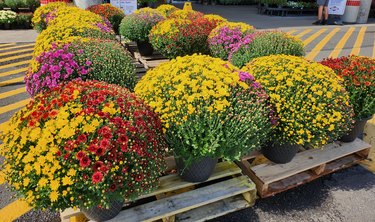
There are really only a few things you can do to prolong the blooms for your florist mums: choose wisely to start with, make sure they don't dry out, and deadhead blooms as they fade.
Choose wisely: Choose healthy plants that still have a lot of unopened buds. While fully blooming mums are hard to resist, they will finish their blooming time sooner. Always choose plants with a preponderance of buds.
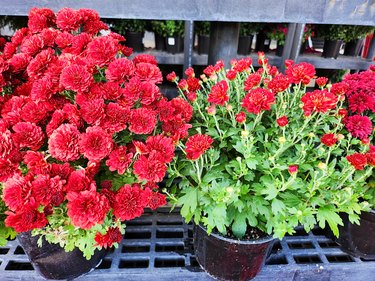
Make sure the plants look healthy; avoid any with obvious insect damage or those that are spindly or have wilting stems and blossoms.
Water regularly: Just because it's fall and the days feel cooler, that doesn't mean you can ignore your mums' watering schedule. Never let your mums dry out.
Remove spent blooms. Deadheading spent flowers not only makes your plant look good but it helps it maintain a bushy form and encourages unopened buds to bloom.
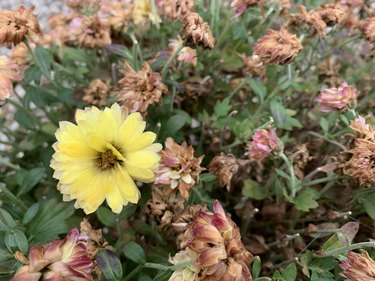
Extending Garden Mum Blooms
For hardy garden mums, you have a lot more time (and work) to ensure beautiful blooms that last. Assuming that you have planted your mums in the spring or that you already have mums from previous years, here are some tips.
- Pinch them repeatedly to enforce a bushy habit. Deadhead spent blooms.
- Maintain a regular irrigation schedule. If stressed by a lack of water, they may begin to flower too early, which will compromise their fall display.
- Plant them in full sun to ensure multiple blooms and prevent spindly stems.
- Avoid planting them in areas that routinely have bright lights at night, such as near street lights. Having too much light can trick them into behaving as if the days are still longer, thus delaying or limiting blooms.
- Don't crowd them. All plants, including mums, need room to grow and will bloom less if they cannot put on foliage growth without constraint.
Beyond these specifics, a healthy, well-cared-for mum is going to gift you with beautiful blooms.
How to Grow Mums
Whether hardy or not, mums require the same basic care. Since you're unlikely to try to grow florist mums as perennials, these guidelines mostly apply to the more hardy types.

When to Plant Mums
Garden (hardy) mums are usually sold in nurseries in the spring, which is the best time to plant them. For florist mums, you will likely just keep them in the pot in which they came for their short (but gorgeous) life, or you can replant them in a decorative container.
How to Plant Mums
Choose a spot in full sun with well-drained, fertile soil. If your soil is compacted or clayish, add organic matter such as compost to the planting hole. Check the soil pH because mums do like it a bit acidic, about 5.8 to 6.
Ensure appropriate spacing for the type of mum you have, so be sure to look at the plant tag. Again, crowded mums (or really any plant) won't grow bushy and flower the way you want.
How to Care for Mums
Mums are heavy feeders, so fertilize in the spring and again in the summer with a balanced solution such as 20-20-20.
Water regularly and deeply. The worst thing you can do to a mum is let it get too thirsty. But don't overwater! Like many plants, mums hate wet feet, which can result in root rot. Shoot for about 1 inch of water a week.
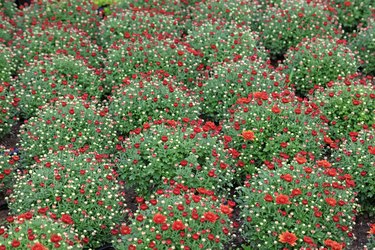
At least twice during the growing season (spring and summer), pinch back the stems to about 6 inches. This may seem radical, but it will energize your mum to put on new lateral growth and to achieve that beautiful, rounded figure for which mums are so famous.